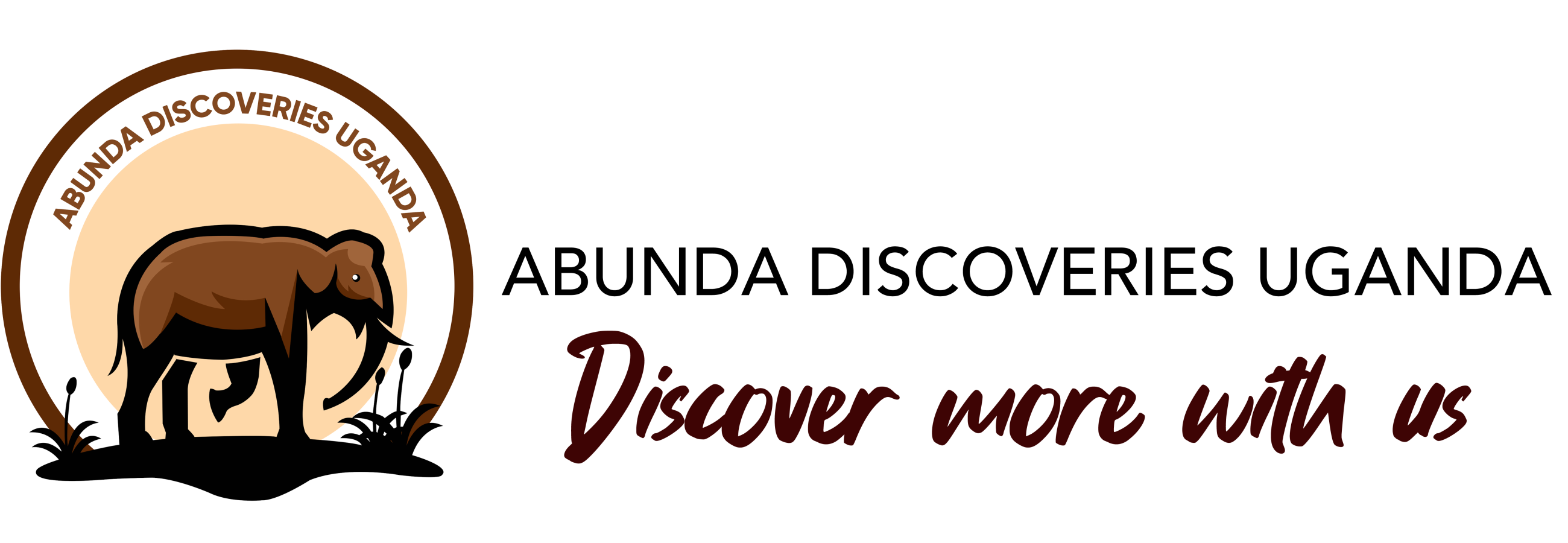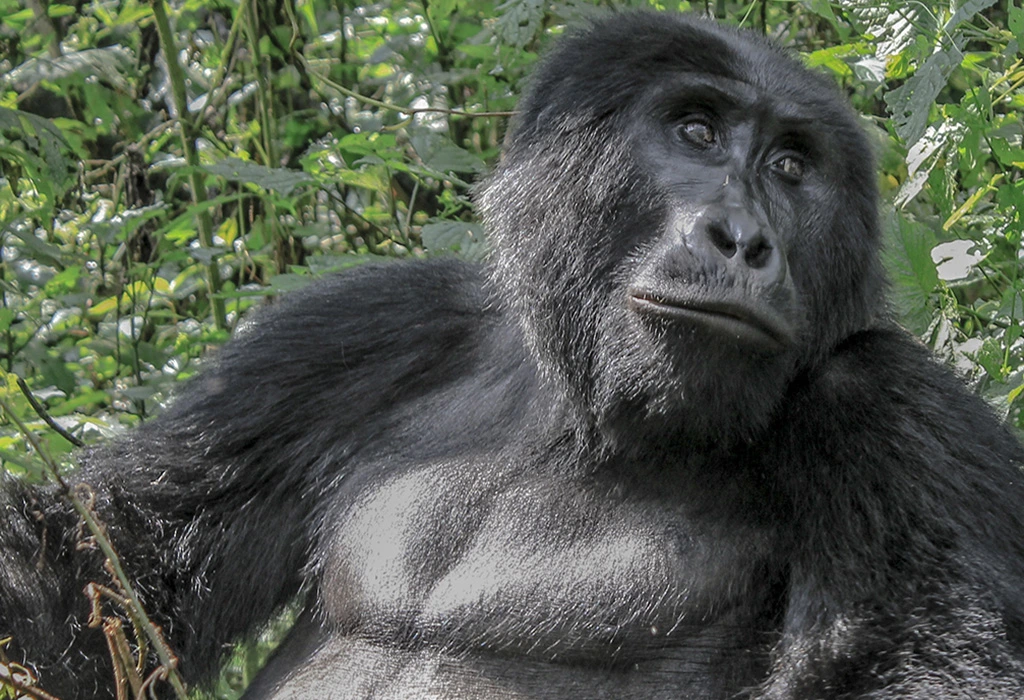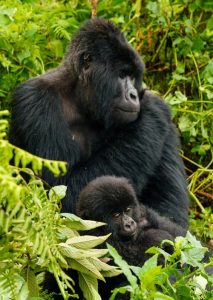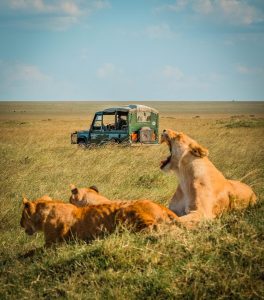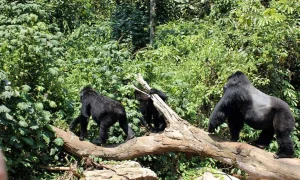Uganda is often celebrated as the “Pearl of Africa,” and for good reason. While gorilla trekking in the lush forests of Bwindi Impenetrable National Park or Mgahinga Gorilla National Park is a major highlight, it is only one part of what this captivating country has to offer. Many travelers wonder, “Can I combine gorilla trekking with other activities in Uganda?” the rich diversity of Uganda’s landscapes, wildlife, culture, and adventure offerings.
we explore the various activities that can be paired with gorilla trekking, how to structure your itinerary, travel logistics, and what to expect, ensuring you create a well-rounded and unforgettable journey through Uganda. Can I Combine Gorilla Trekking with Other Activities in Uganda?
Why Combine Gorilla Trekking with Other Activities in Uganda?
Gorilla trekking is an extraordinary experience, but it usually lasts only one day—two if you opt for a second permit. Since you’ve already traveled to Uganda, taken time off, and spent on logistics and permits, it makes sense to extend your stay and explore more of the country.
Combining gorilla trekking with other experiences:
- Maximizes the value of your travel investment
- Enriches your understanding of Uganda’s ecosystems and cultures
- Reduces the cost per day by distributing fixed expenses over a longer trip
- Allows for more immersive and diverse memories
Uganda’s relatively compact geography allows for easy movement between key attractions, making it logistically feasible to explore multiple regions in a single itinerary.
What Activities Pair Best with Gorilla Trekking in Uganda?
Wildlife Safaris in Savannah Parks
If your dream African adventure includes lions, elephants, giraffes, and antelope roaming across open plains, you can fulfill that alongside your gorilla trek.
- Queen Elizabeth National Park is closest to Bwindi and offers game drives in the Kasenyi Plains and the Ishasha Sector, famous for its tree-climbing lions.
- Murchison Falls National Park, in the northwestern part of the country, provides one of Uganda’s best overall safari experiences with scenic drives, waterfalls, and abundant wildlife.
- Kidepo Valley National Park, though remote, offers raw wilderness and unique animal sightings, perfect for those seeking off-the-beaten-track adventures.
- Lake Mburo National Park, though smaller, is ideal for a stopover and features zebras, giraffes, impalas, and hippos.
Chimpanzee Trekking
For a complementary primate experience, chimpanzee trekking is a must.
- Kibale Forest National Park is the top destination for chimpanzee trekking, with high success rates and a well-maintained network of trails.
- Budongo Forest (near Murchison Falls), Kyambura Gorge (in Queen Elizabeth), and Kalinzu Forest also offer tracking opportunities.
Chimpanzees are energetic, social, and noisy, providing a stark contrast to the peaceful demeanor of mountain gorillas. Experiencing both deepens your understanding of primate behavior and enhances your appreciation of Uganda’s biodiversity.
Birdwatching and Nature Walks
With over 1,060 bird species, Uganda is one of the top birding destinations in the world. Even casual birdwatchers will be thrilled by the colors, calls, and diversity.
- Bwindi itself is home to many Albertine Rift endemics.
- Mabamba Swamp near Entebbe is known for the rare shoebill stork.
- Queen Elizabeth and Murchison Falls are excellent for spotting waterbirds and savannah species.
Many parks and reserves also offer guided nature walks, giving you a closer, more intimate view of Uganda’s ecosystems and landscapes.
Boat Safaris
Uganda’s scenic waterways add another dimension to wildlife viewing.
- The Kazinga Channel in Queen Elizabeth National Park is teeming with hippos, crocodiles, elephants, and birds.
- A boat cruise to the base of Murchison Falls along the Nile combines scenic beauty with thrilling power.
- Lake Bunyonyi, with its terraced hillsides and misty atmosphere, offers peaceful canoeing after your trek.
These water-based activities are relaxing and allow for fantastic photography.
Cultural Experiences
Uganda’s cultural diversity is as rich as its natural one. You can add meaningful community interactions to your journey.
- In Bwindi and Mgahinga, guided visits to Batwa communities (the original forest dwellers) provide insight into indigenous knowledge and traditions.
- In the northeast, the Karamojong people offer a fascinating pastoral culture, with village visits and dance performances.
- Throughout the country, you can visit local markets, farms, and cultural centers that offer cooking lessons, traditional music, or craft-making sessions.
Hiking and Mountain Climbing
If you enjoy trekking, Uganda’s varied terrain offers several options beyond gorilla trekking.
- Climb the Virunga Volcanoes in Mgahinga (Mount Sabinyo, Mount Gahinga, or Mount Muhabura).
- Take on Mount Elgon, an extinct volcano with caves, waterfalls, and panoramic views.
- For the serious trekker, the Rwenzori Mountains offer multi-day hikes to snow-capped peaks.
These hikes vary in difficulty and duration, so you can choose what suits your fitness level and interests.
Relaxation by Lakes and Craters
After the intensity of trekking and travel, take time to unwind at some of Uganda’s most tranquil destinations.
- Lake Bunyonyi, near Bwindi, is peaceful, scenic, and perfect for kayaking or swimming.
- Lake Mutanda provides postcard views of volcanoes and is closer to Mgahinga.
- Crater lakes near Fort Portal offer serene beauty and gentle hikes around the rims.
These stops are excellent for relaxing before heading home.
How to Structure Your Itinerary
Uganda’s attractions form a convenient circuit. Here’s a common route that balances trekking, wildlife, culture, and leisure:
- Arrival in Entebbe/Kampala
- Travel to Murchison Falls National Park
- Continue to Kibale Forest for chimpanzee trekking
- Move south to Queen Elizabeth NP for game drives and boat safaris
- Head to Bwindi or Mgahinga for gorilla trekking
- Relax at Lake Bunyonyi
- Return via Lake Mburo NP or fly out from Kisoro or Kihihi
This circuit minimizes backtracking and optimizes time. If you’re short on time, you can skip the northern parks and focus on the southwestern cluster: Kibale, Queen Elizabeth, Bwindi, and Lake Bunyonyi.
When is the Best Time to Combine Activities?
Uganda is a year-round destination, but the dry seasons (December to February and June to August) are best for combining outdoor activities. Trails are drier, wildlife viewing is better, and roads are more passable.
In the rainy seasons, gorilla and chimp tracking can still be done, but trails become slippery and some roads may be challenging. However, this period offers lush green landscapes and fewer tourists.
Do You Need a Tour Operator?
Combining multiple destinations and activities can be done independently, but it requires careful planning. If you’re comfortable with logistics, you can:
- Book gorilla permits through Uganda Wildlife Authority
- Rent a vehicle (preferably a 4×4)
- Book accommodations directly
However, a reliable local tour operator can help organize everything, especially for time-limited travelers or those unfamiliar with Uganda’s terrain.
Final Thoughts
Gorilla trekking may bring you to Uganda, but the country offers far more than just primates. From the roar of Murchison Falls to the quiet waters of Lake Bunyonyi, from the tree-climbing lions of Ishasha to the cultural richness of the Batwa and Karamojong—Uganda invites exploration on every level.
Combining gorilla trekking with other activities turns your trip into a multi-dimensional safari that showcases Uganda’s incredible variety. With thoughtful planning and a spirit of adventure, your visit to Uganda will be far more than a single highlight—it will be a truly immersive experience in one of Africa’s most diverse and welcoming countries.
